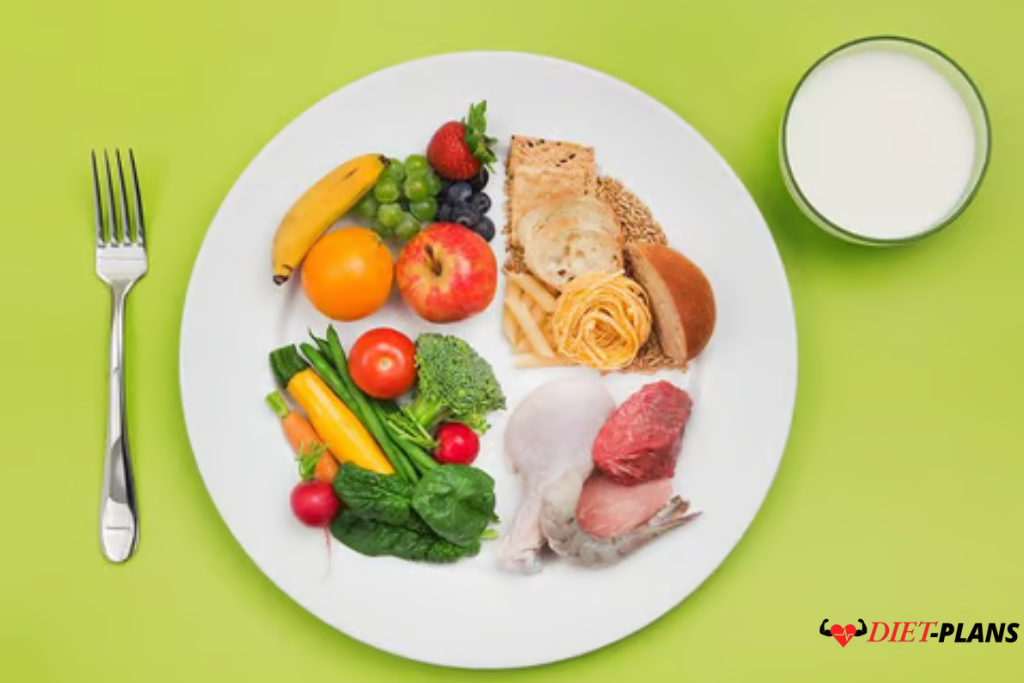Elimination Diet: Recognizing Gut-Harming Foods
Since the late 1920s, elimination diets have gained popularity, and they are currently among the most often followed diets (particularly at the start of the New Year). Although some of these diets’ marketing and “fad diet” components are worrisome, the diet’s basic idea has undergone clinical testing and may be used in a medical environment. Food sensitivity is frequently suspected when patients report symptoms including headaches, stomach pain, or exhaustion. An elimination diet is frequently advised. We will now discuss the what, why, and how of this diet.
What is an elimination diet, to put it simply?
Following an elimination diet means you are omitting a food or a group of foods for 2–4 weeks. The focus is not on simply eliminating “unhealthy” foods but identifying what food or food component may be causing you issues.

But Why…
When you are having symptoms such as stomach or bowel irritation, headaches, or just general feelings of being unwell (tired, brain fog), it may not be a byproduct of #MomLife; it may mean your body is having a reaction to something you eat. We tend to think of a food allergy as instantaneous—getting swollen, feeling itchy, unable to breathe. Those are very real symptoms of a severe food allergy and should be diagnosed by your doctor. However, a more common occurrence is a mild food allergy or even a food sensitivity to certain foods or food groups. For example, after eating a dairy-rich meal, a little while later you may find yourself tired with a headache. You may chalk it up to lack of sleep or down some caffeine to help when it’s actually your body’s way of presenting your food sensitivity.
Food sensitivities or allergies can present differently in everyone, so it’s important to tune in to how you feel and identify the link between your food and how you feel. The good news is there are some common culprits of food allergy or sensitivity. They are:
- Citrus foods
- Dairy products
- Gluten (wheat, barley, oats, rye)
- Soy
- Shellfish
- Peanuts
- Tree nuts
- Eggs
- Beef products (from the nitrates and nitrites found in processed beef products)
- Corn (not just corn on the cob but corn in many processed foods)
- Less commonly: food additives such as aspartame, certain artificial food colorings, etc.
This May Be Me… How Do I Do an Elimination Diet?
If you read some of these symptoms or have just been feeling a little “off” lately, following an elimination protocol could help. There are three defined levels of an elimination diet.
Simple/Modified Level
This can also be called the dairy and gluten protocol. At this level, you are eliminating the top two offenders, gluten and dairy. This means no bread, wheat, pasta, or gluten in any form. You are also eliminating dairy and dairy products—milk, cheese, yogurt, and butter. During the elimination diet, you will need to avoid these items in their whole form while also eliminating the ingredients in all foods you eat. Glance at the label, and if a food contains casein, dairy product solids, lactose, lactulose, whey, galactose, or lactate solids, it will need to be avoided during this diet. *Please note that this is not an exhaustive list; visiting sites such as foodallergy.org can give you a comprehensive look.
Moderate Level
This level can also be referred to as a FODMAP diet. At this level, you are avoiding some animal proteins, all caffeine, alcohol, refined sugars, dairy, gluten, condiments, and peanuts. During this, you will be eating plenty of vegetables, legumes, fruit, fresh chicken, fresh fish, tofu, beans, and lentils. You would avoid almost all processed foods such as sausage, deli meat, fish sticks, milk, cereals, pasta, and more. A moderate elimination diet can be difficult, so working with a medical professional is best.
Strict Level
This level only allows 20 foods, so if you are baffled by what foods are causing you issues, talk to a dietitian or medical doctor about a supervised diet.
After you have determined which foods you are going to eliminate, you should be prepared to make detailed notes over the next few weeks, which includes an elimination phase and a reintroduction phase.
Reintroduction Phase: Testing Your Reactions
When you are ready to start, your two-week elimination will look like this:
Ideally, you will see a difference in the way you feel in just two weeks; however, you need to be symptom-free for at least five days before reintroducing foods.
Once you’ve determined you’re ready to reintroduce some of the eliminated foods, start with the food component in its most pure form. For example, if you eliminated wheat, eat a small portion of wheat cereal. Only add one food at a time and take notes! If you can enjoy this food with no symptoms for 3 days, you can move on to the next food. Taking this slow approach to adding the eliminated foods back into your diet will help you dial in on the exact food or food component that is an issue for your body.
If you’ve been feeling a little off or have symptoms of inflammation happening in your body, consider undertaking a 2-week elimination diet. This is not a long-term solution, but a way to check in with your body and identify the foods that are working for you. When you eliminate foods, be sure that the foods you are eating are whole foods and provide variety, so you are still meeting your nutritional needs. If you do the first level of elimination with no reprieve, check in with your doctor to discuss the next steps.

